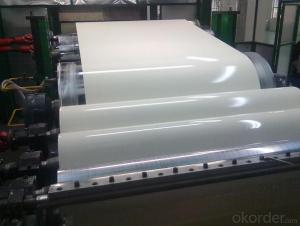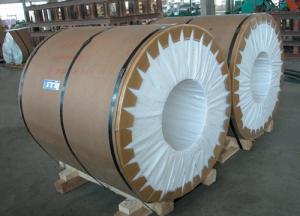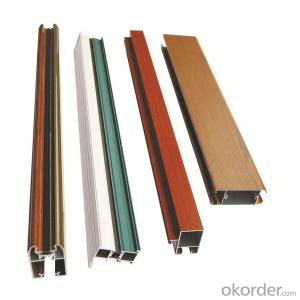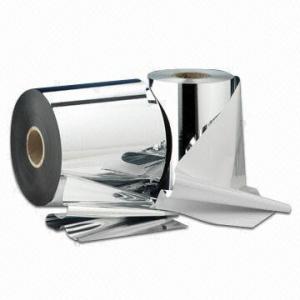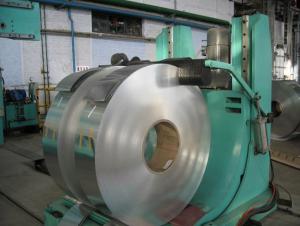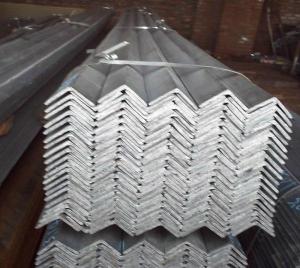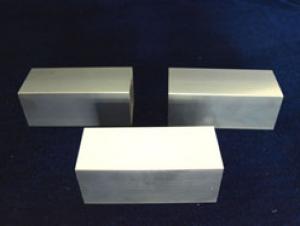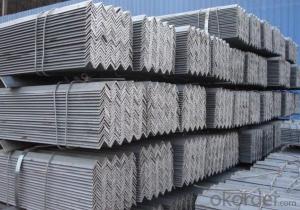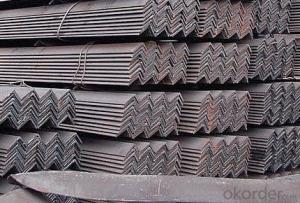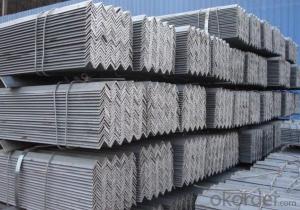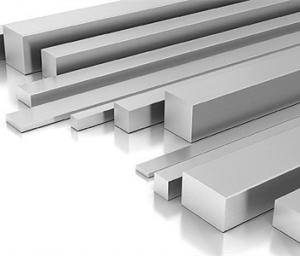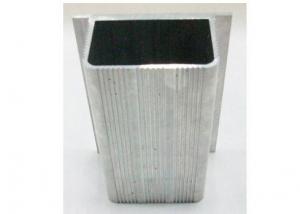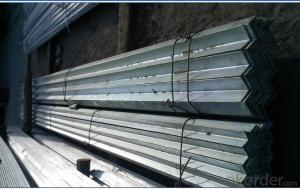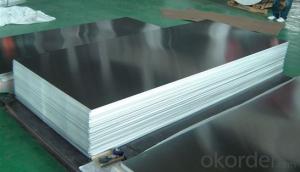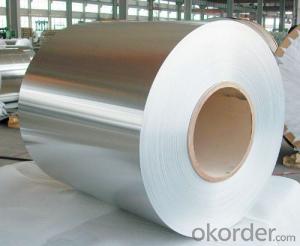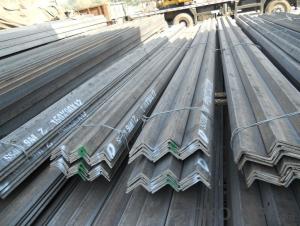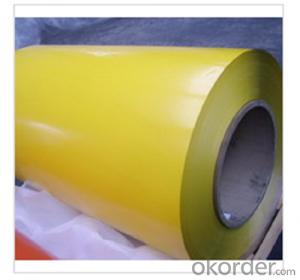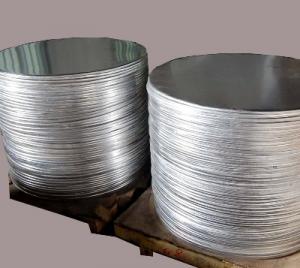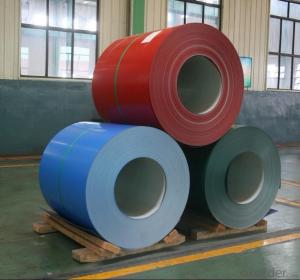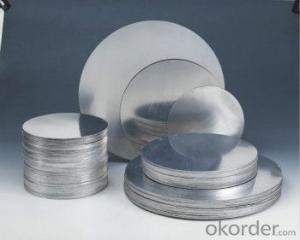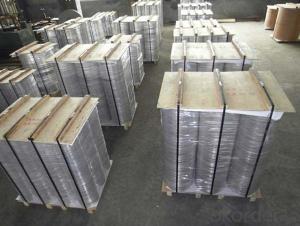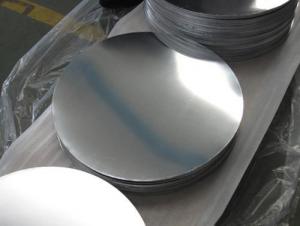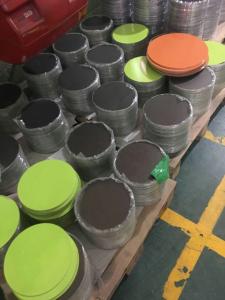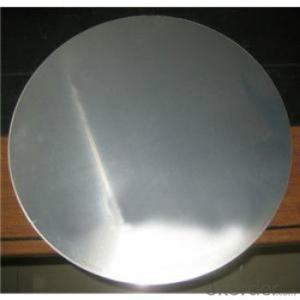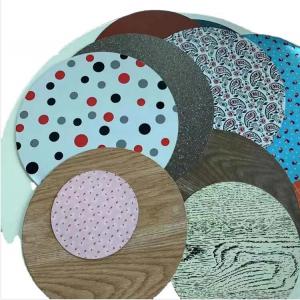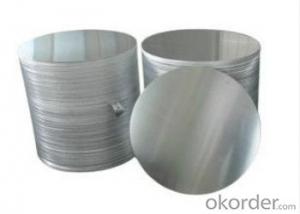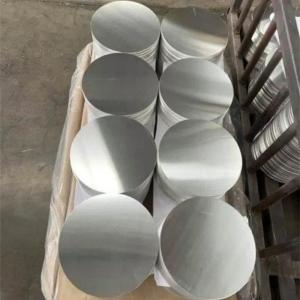Anodized Aluminum Angle Stock
Anodized Aluminum Angle Stock Related Searches
Anodized Aluminum Stock Bending Aluminum Angle Stock Anodized Aluminum Bar Stock Angle Stock Aluminum Anodized Aluminum Sheet Stock Anodized Aluminum Coil Stock 1 2 Aluminum Angle Stock Anodized Aluminum Rod Stock Anodized Aluminum Tube Stock Angle Aluminum Stock Anodized Aluminum Flat Stock 1 Aluminum Angle Stock Anodized Aluminum Flat Bar Stock Aluminum Angle Stock Sizes 3 Aluminum Angle Stock Aluminum Angle Stock Dimensions 2 Inch Aluminum Angle Stock Aluminum 90 Degree Angle Stock Aluminum Rectangle Stock Right Angle Aluminum Stock 1/4 Aluminum Angle Stock Aluminum 45 Degree Angle Stock Aluminum Angle Aluminum Angle Stock Near Me 45 Degree Angle Aluminum Stock Aluminum Frame Stock Angle Aluminum Aluminum Lathe Stock Bending Aluminum Bar Stock Aluminum StockAnodized Aluminum Angle Stock Supplier & Manufacturer from China
Anodized Aluminum Angle Stock is a type of aluminum alloy material that has been subjected to an anodizing process, resulting in a durable and corrosion-resistant surface. This product is known for its strength, lightweight properties, and attractive finish, making it a popular choice for various applications in industries such as construction, automotive, and aerospace.Anodized Aluminum Angle Stock is widely used in a range of applications, including structural support, framing, and as a component in various mechanical and electrical systems. Its high strength-to-weight ratio and resistance to corrosion make it an ideal material for outdoor structures, marine environments, and situations where weight is a critical factor. Additionally, the anodized finish provides a sleek and modern aesthetic, making it suitable for both functional and decorative purposes.
Okorder.com is a leading wholesale supplier of Anodized Aluminum Angle Stock, offering a vast inventory of this product to cater to the needs of various industries. With a commitment to quality and customer satisfaction, Okorder.com ensures that their Anodized Aluminum Angle Stock meets the highest standards of performance and durability. By partnering with Okorder.com, customers can access a reliable source of this essential material, ensuring that their projects are completed with the best possible materials.
Hot Products
